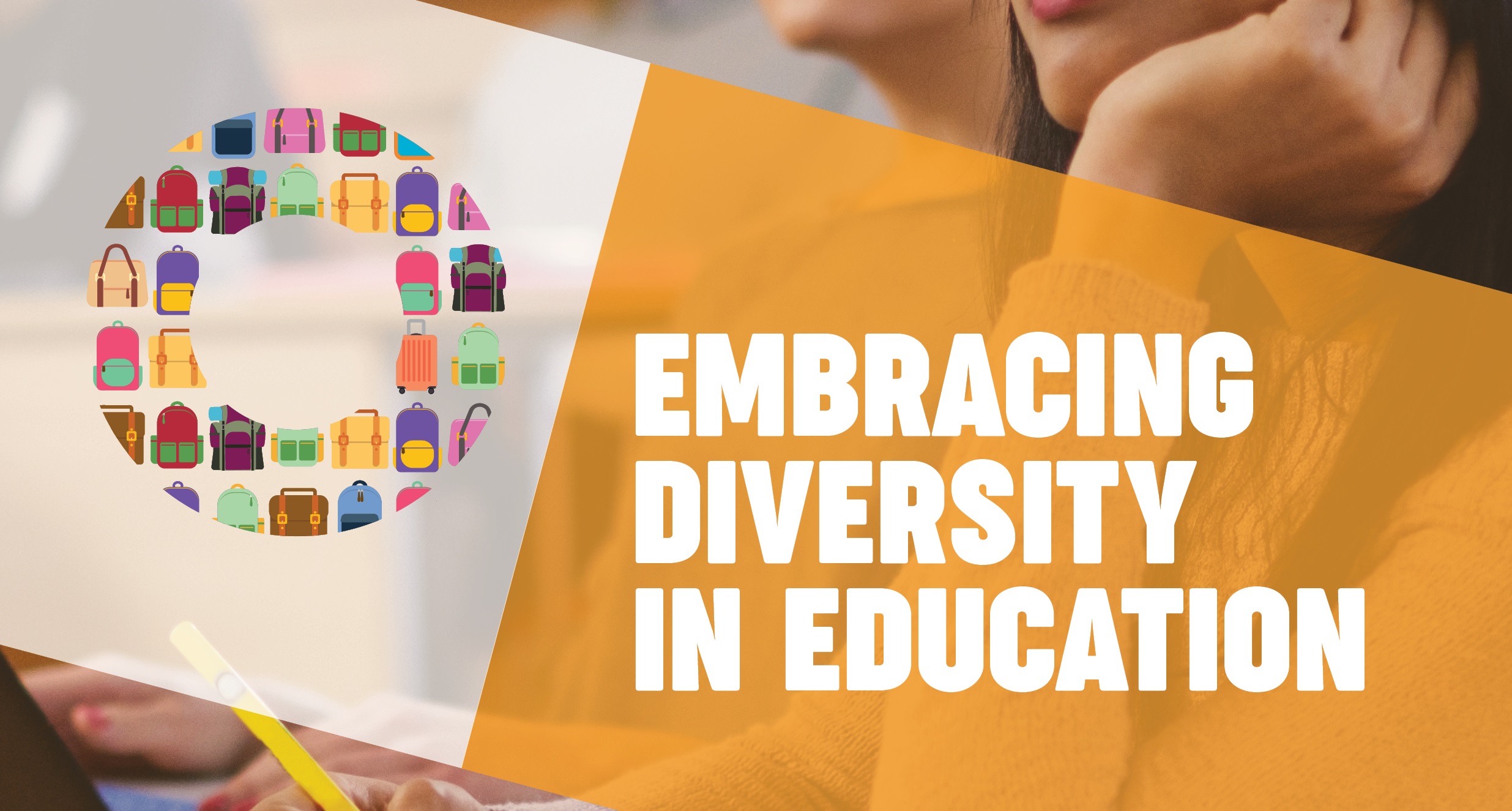Introduction
In today’s globalized world, classrooms are becoming increasingly diverse. Students come from various backgrounds, cultures, and abilities. Inclusive education is not just a modern pedagogical trend but a fundamental right for every student. It ensures that every child, regardless of their background or ability, has an equal opportunity to learn and succeed.
Understanding Inclusive Education
Inclusive education is about ensuring that all students, regardless of any challenges they may face, are given equal opportunities to succeed in an educational environment. It’s about adapting the environment to fit the student, not the other way around.
The Core Principles of Inclusion
- Respect for All: Every student is valued and recognized for their unique abilities, experiences, and perspectives they bring.
- Personalized Learning: Tailoring education to meet the individual needs of each student.
- Community Building: Fostering a sense of belonging and community within the classroom.
Benefits of Inclusive Education
- Diverse Learning Environment: Students are exposed to diverse perspectives, fostering empathy, and mutual respect.
- Holistic Development: Inclusion focuses on the overall development of students, including academic, social, and emotional growth.
- Preparation for the Real World: An inclusive classroom mirrors the diverse real world, preparing students for global challenges.
Challenges and Solutions
While the benefits are numerous, implementing inclusive education can pose challenges. These might include resistance from traditional educators or lack of resources. However, with continuous professional development, collaboration among educators, and support from the community, these challenges can be overcome.
Global Trends in Inclusive Education
Many leading educational institutions and organizations are championing the cause of inclusive education. They recognize that diversity is not a challenge to be overcome but an asset to be embraced.
Conclusion
Inclusive education is more than just a teaching methodology. It’s a philosophy that believes in the potential of every student. By embracing diversity and ensuring that every student has an equal shot at success, we are not only creating better learners but also a more inclusive and empathetic society.


